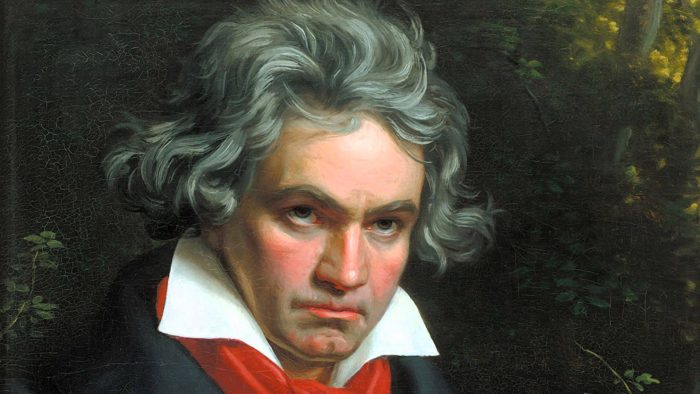Joseph Frank Keaton was born into showbiz. His father was a comedian. His mother, a soubrette. He emerged into the world during a one night engagement in Kansas City. His father’s business partner, escape artist Harry Houdini, inadvertently renamed him Buster, approving of the way the rubbery little Keaton weathered an accidental tumble down a flight of stairs.
As Keaton recalls in the interview accompanying silent movie fan Don McHoull’s edit of some of his most amazing stunts, above:
My old man was an eccentric comic and as soon as I could take care of myself at all on my feet, he had slapped shoes on me and big baggy pants. And he’d just start doing gags with me and especially kickin’ me clean across the stage or taking me by the back of the neck and throwing me. By the time I got up to around seven or eight years old, we were called The Roughest Act That Was Ever in the History of the Stage.
By the time of his first film role in the 1917 Roscoe “Fatty” Arbuckle vehicle, The Butcher Boy, Keaton was a seasoned clown, with plenty of experience stringing physical gags into an entertaining narrative whole.
Like his silent peers, Harold Lloyd and Charlie Chaplin, Keaton was an idea man, who saw no need for a script. Armed with a firm concept of how the film should begin and end, he rolled cameras without much idea of how the middle would turn out, fine tuning his physical set pieces on the fly, scrapping the ones that didn’t work and embracing the happy accidents.
Could such an approach work for today’s comedians? In later interviews, Keaton was generous toward other comedy professionals who got their laughs via methods he steered clear of, from Bob Hope’s wordiness to director Billy Wilder’s deft handling of Some Like It Hot’s farcical cross-dressing. His was never a one-size-fits-all philosophy.
Perhaps it’s more helpful to think of his approach as an antidote to creative block and timidity. We’ve cobbled together some of his advice, below, in the hope that it might prove useful to storytellers of all stripes.
Buster Keaton’s 5 Rules of Comic Storytelling
Make a strong start - grab the audience with a dynamic, easy to grasp premise, like the one in 1920’s One Week, which finds a newlywed Buster struggling to assemble a house from a do-it-yourself kit.
Decide how you want things to finish up - for Keaton, this usually involved getting the girl, though he learned to keep a poker face after a preview audience booed the broad grin he tried out in one of Arbuckle’s shorts. Once you know where your story’s going, trust that the middle will take care of itself.
If it’s not working, cut it — Keaton may not have had a script, but he invested a lot of thought into the physical set pieces of his films. If it didn’t work as well as he hoped in execution, he cut it loose. If some serendipitous snafu turned out to be funnier than the intended gag, he put that in instead.
Play it like it matters to you. As many a beginning improv student finds out, if you let your own material crack you up, the audience is rarely inclined to laugh along. Why settle for low stakes and diffidence, when high stakes and commitment are so much funnier?
Action over words Whether dealing with dialogue or exposition, Keaton strove to minimize the intertitles in his silent work. Show, don’t tell.
Films excerpted at top:
Three Ages
Cops
Day Dreams
Sherlock Jr.
One Week
Hard Luck
Neighbors
The General
Steamboat Bill, Jr.
Seven Chances
Our Hospitality
The Bell
Related Content:
Buster Keaton: The Wonderful Gags of the Founding Father of Visual Comedy
Some of Buster Keaton’s Great, Death-Defying Stunts Captured in Animated Gifs
The Power of Silent Movies, with The Artist Director Michel Hazanavicius
Ayun Halliday is an author, illustrator, theater maker and Chief Primatologist of the East Village Inky zine. Follow her @AyunHalliday.



